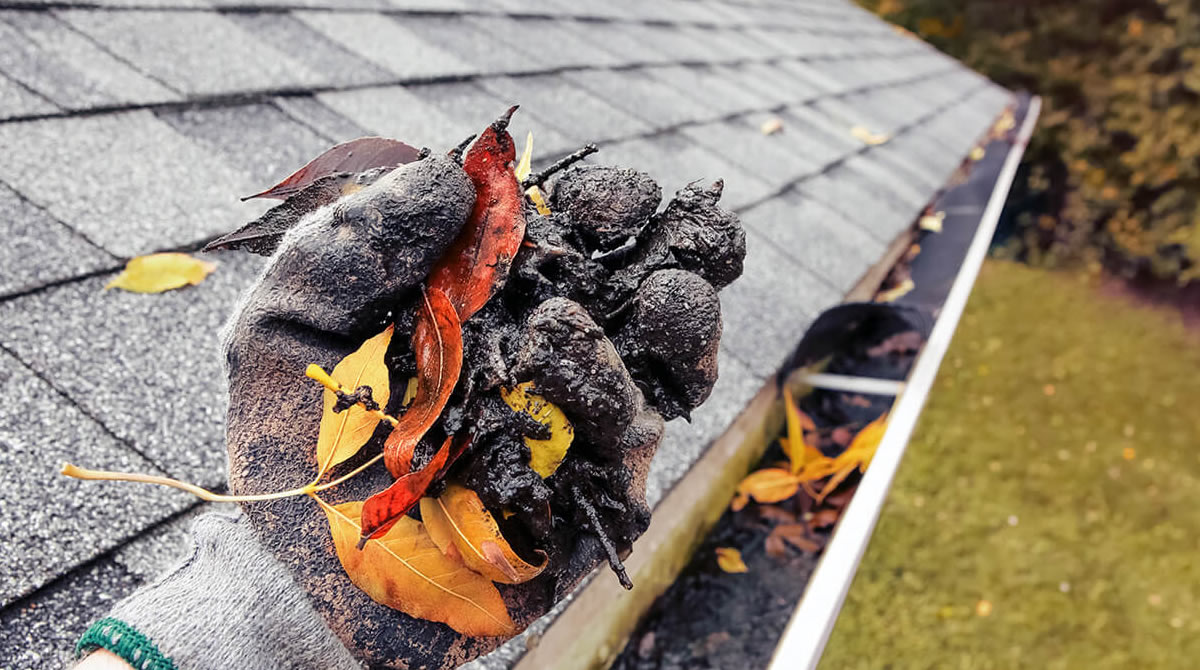
Should I Clean My Roof?
- Super User
- Construction
Roof cleaning is a regular part of roof care
It is smart to think about asking if you are providing proper care and maintenance for your roof. After all, it is the most important barrier between your home and your family and the weather. Neglecting your roof can cause drag damage that can be costly to repair and could cause loss of personal property due to water and mold intrusion. Doing at least one annual cleaning and inspection will greatly help to avoid long-term problems with your roof. A clean and well maintained roof will add years to your life and value to your home.
Cleaning and inspecting your roof
The most common task involved in cleaning the roof is to remove debris from the rain gutters to allow rainwater to flow through the roof drainage system as designed, and help prevent water damage from outside and Interior of your home. Gutter cleaning is a good time for a general health inspection of your roof. The best times to do an inspection are during spring and fall as the seasons change.
If possible, use a ladder to clean the rain gutters. While working, perform a good visual inspection of most of the roof you can see. Judge the condition of shingles, downspouts, canals and skylights. Take note of dark spots or discolorations, such as water spots. These are possible signs of water infiltration or areas that may need more inspection and repair.
Here are some things to include in your spring and fall cleaning and inspection:
Clear and test the gutters and downspouts. Use a broom, gloves or other lightweight tool to clean debris from these important systems that keep water away from your roof. The roof valleys and the intentional slope of the roof are designed to direct rainwater from the roof to the gutter system. When debris builds up on your roof, the entire system is affected. Loose or broken gutters and downspouts should be repaired so that they do not divert rainwater and cause damage to your home.
Trim trees and shrubs. A semi-annual cut of plants will help avoid roof damage and damage to your plants. Cut tree branches and large bushes at least 1 or 2 feet from your home, and keep them away from rain gutters to reduce clutter. Keep climbing plants out of their walls and roof. They can infiltrate drainage systems and hide damage from water and rot. Be sure to remove all dead branches from your trees before they become a danger. If a tree is in poor health, remove it to prevent it from falling into your home during a storm. If in doubt, contact an arborist to get an expert opinion.
Check for blocked or blocked vents. To make sure your ventilation systems work properly. Visually inspect the vents and ceiling fixtures, which come in many types and shapes. Don't forget to inspect the flat soffit vents that can be located vertically next to the house or horizontally under the eaves of your roof. If the openings in the roof vents are blocked, your roof may be accumulating moisture inside the roof and attic, which can cause deformation, rot or mold on eaves, ceilings or walls. If left year after year, this accumulated moisture can cause significant repair costs or even require a roof change.
Look loose, bent or broken intermittently. Flickering is the metallic material used to close the gaps between the roof components, usually along the edge of the roof, around the edge of chimneys, vents and other roof accessories, or along the eaves and gutters. The flickering serves to waterproof these joints, making its roof completely resistant to wind and water intrusion. Any that does not work properly should be repaired to avoid major damage with strong winds, rain or other severe weather. Some flashing can be easily secured in place, but it is better for a roofer to do the job, since improperly placed flashing or improperly placed nails can cause serious leakage or other problems.
Of course, if your house has two floors (or more), you may not be able to see your roof from a staircase. Or, your home may not even have a gutter system if it was built with a slope high enough to drain the water. This is typical in the southwest desert. If you cannot or cannot work regularly around your roof, establish a relationship with a local roofer who will make an annual inspection affordable. This could save you thousands in repairs
Have questions or need more information on how to maintain your roof? Get in touch with us at 360-726-1514, or visit our website at http://jbroofing.net/







